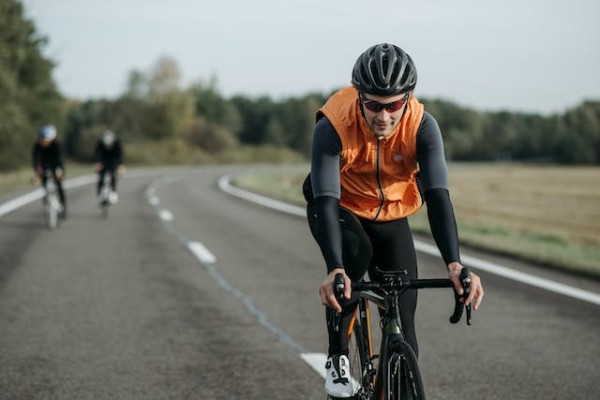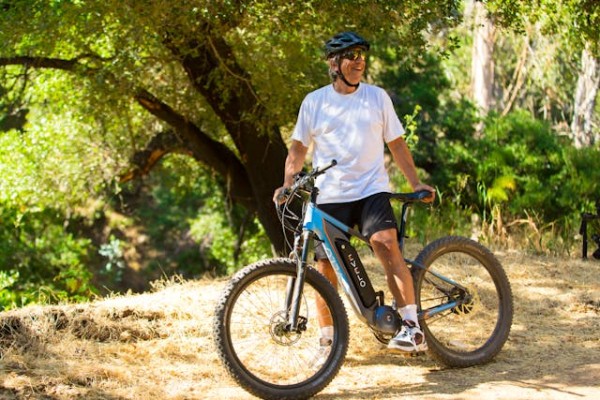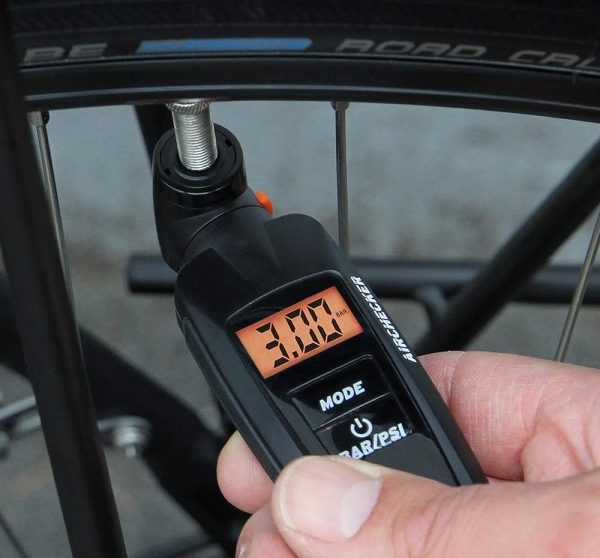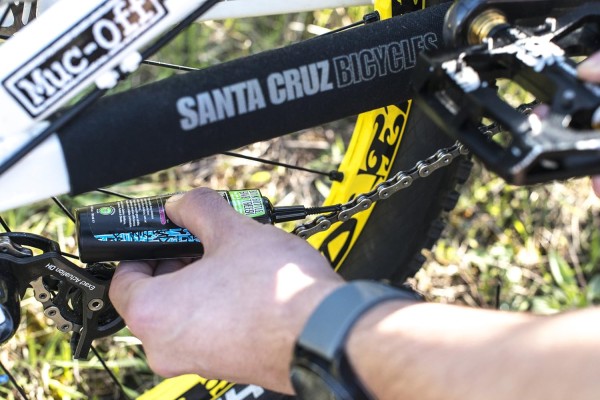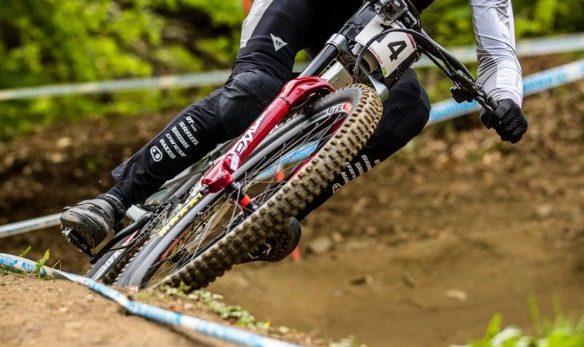Are you an avid cyclist who constantly battles with the nagging pain in your lower back? Well, worry no more! We have compiled a list of five simple yet effective tips to help you prevent lower back pain while cycling. From ensuring a proper bike fit to incorporating core strengthening exercises, these tips will not only alleviate your discomfort but also enhance your overall cycling experience. If you’re tired of the constant ache and want to enjoy your rides to the fullest, keep on reading to discover these game-changing techniques.
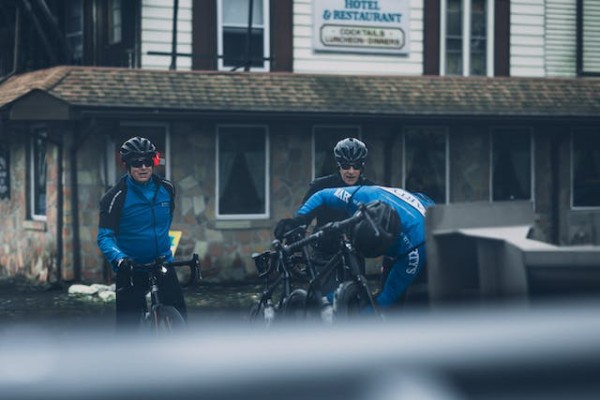
5. Proper Bike Fit
To prevent lower back pain while cycling, it’s crucial to ensure that your bike is properly fitted to your body. Having a bike that isn’t adjusted correctly can lead to discomfort and strain on your lower back.
When it comes to bike fit, there are a few key factors to consider. First, make sure that the saddle height is adjusted so that your leg is slightly bent at the bottom of the pedal stroke. This will help to prevent excessive strain on your lower back.
Additionally, the handlebar position should be adjusted to a comfortable height and distance from the saddle. This will ensure that you have a good posture while riding, reducing the risk of lower back pain.
4. Core Strengthening Exercises
Proper bike fit is essential for preventing lower back pain while cycling. Once you have your bike adjusted correctly, incorporating core strengthening exercises into your routine can further support your lower back and enhance your overall cycling performance.
Your core muscles play a crucial role in providing stability and support to your spine. By strengthening these muscles, you can improve your posture on the bike and reduce stress on your lower back.
Some effective core exercises for cyclists include planks, Russian twists, and bicycle crunches. These exercises target your abdominal muscles, obliques, and lower back muscles, helping to improve your core strength and stability.
Aim to incorporate these exercises into your training routine two to three times per week, gradually increasing the intensity and duration as your core strength improves. Remember to maintain proper form and breathe deeply throughout each exercise.
3. Stretching and Warm-Up Routine
Incorporating a stretching and warm-up routine into your cycling regimen is crucial to preventing injuries and optimizing your performance. Before hopping on your bike, take a few minutes to loosen up your muscles and increase blood flow to your lower back. Start with some gentle stretches for your hamstrings, quadriceps, and glutes. These exercises will help improve flexibility and reduce the risk of muscle strain.
Once you’re warmed up, perform some dynamic movements such as leg swings and hip circles to further activate your muscles. Research has shown that a proper warm-up routine can enhance your cycling performance by increasing power output and reducing muscle fatigue.
2. Maintaining Good Posture
Maintain a strong and upright posture to reduce the strain on your lower back while cycling. Proper posture is crucial in preventing lower back pain and ensuring a comfortable ride. When cycling, keep your back straight, shoulders relaxed, and head facing forward. Avoid slouching or rounding your back, as this can put excessive pressure on your lower back.
Engage your core muscles to provide stability and support to your spine. Position your hands on the handlebars with a slight bend in your elbows to absorb shock and reduce strain.
Additionally, adjust your bike saddle height and angle to ensure optimal alignment of your spine. By maintaining good posture, you can minimize the risk of lower back pain and enjoy a pain-free cycling experience.
1. Gradual Increase in Intensity and Duration
To prevent lower back pain while cycling, it’s important to gradually increase the intensity and duration of your rides. Sudden increases in intensity or duration can put excessive strain on your lower back, leading to pain and discomfort.
Instead, aim to gradually increase the difficulty of your rides over time. Start by adding small increments to either the intensity or duration of your rides, but not both at the same time. This allows your body to adjust and adapt to the increased demands placed on your lower back. Listen to your body and if you start to feel any discomfort or pain, take a step back and reduce the intensity or duration of your rides.
Frequently Asked Questions
Are There Any Specific Exercises to Target the Lower Back for Core Strengthening?
To target your lower back for core strengthening, there are specific exercises you can do. Planks are great for engaging your entire core, including your lower back. Superman exercises, where you lie on your stomach and lift your arms and legs off the ground, also work your lower back muscles.
Additionally, exercises like bird dogs and bridges can help strengthen your core and stabilize your lower back. Incorporating these exercises into your routine can help prevent lower back pain while cycling.
How Often Should Stretching and Warm-Up Routines Be Performed Before Cycling?
Before hopping on your bike, make sure you prioritize stretching and warm-up routines. These pre-cycling activities are crucial in preventing lower back pain and injury. By regularly performing stretches and warm-ups, you can improve your flexibility and loosen up your muscles, reducing the strain on your lower back during your ride. Aim to incorporate these routines into your cycling routine to ensure that your body is adequately prepared for the physical demands of cycling.
Are There Any Warning Signs to Look Out for When Increasing Intensity and Duration of Cycling?
When you’re pushing yourself to new limits on the bike, it’s crucial to listen to your body and watch for warning signs. Increasing the intensity and duration of your cycling can put added strain on your lower back, leading to pain and discomfort.
Keep an eye out for any sharp or persistent pain in your lower back, as well as numbness or tingling in your legs. These could be signs that you’re pushing too hard and need to dial it back a bit.
